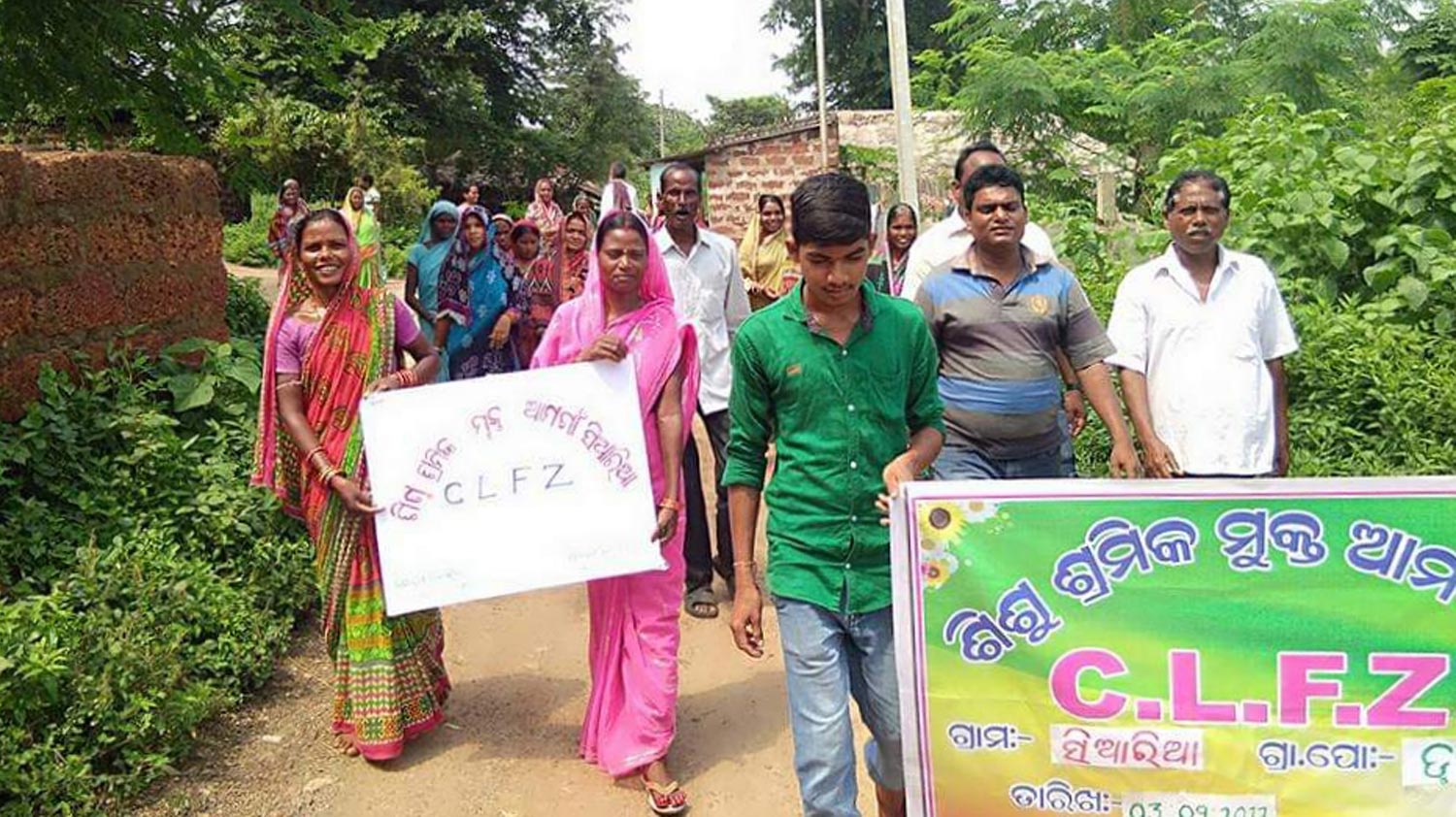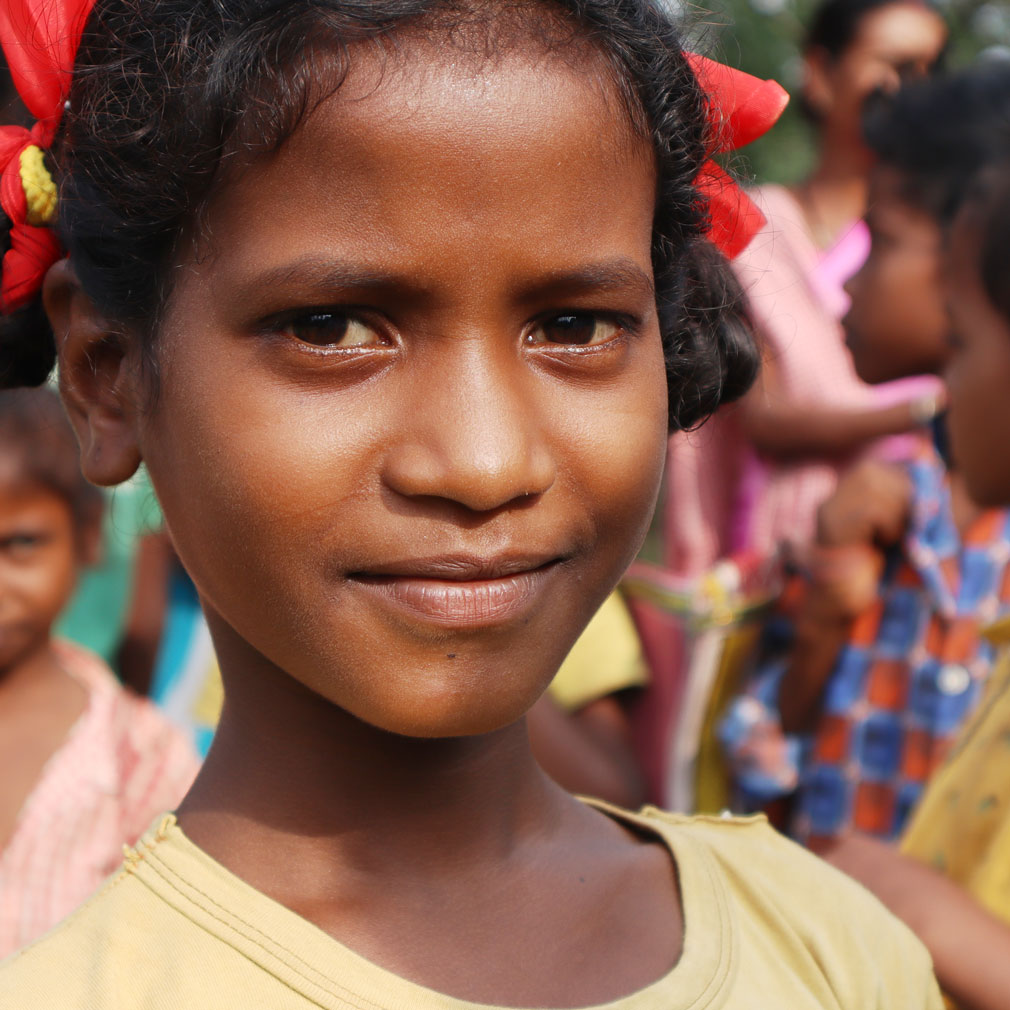When all habitations in a gram panchayat are declared CLFZ, the sarpanch declares the gram panchayat itself as a child labour free zone. As all gram panchayats and urban wards become free of child labour, the entire block is declared a CLFZ. The community and gram panchayat are the only ones authorised to determine an area as a CLFZ by surveying the habitations and examining the school attendance register.

